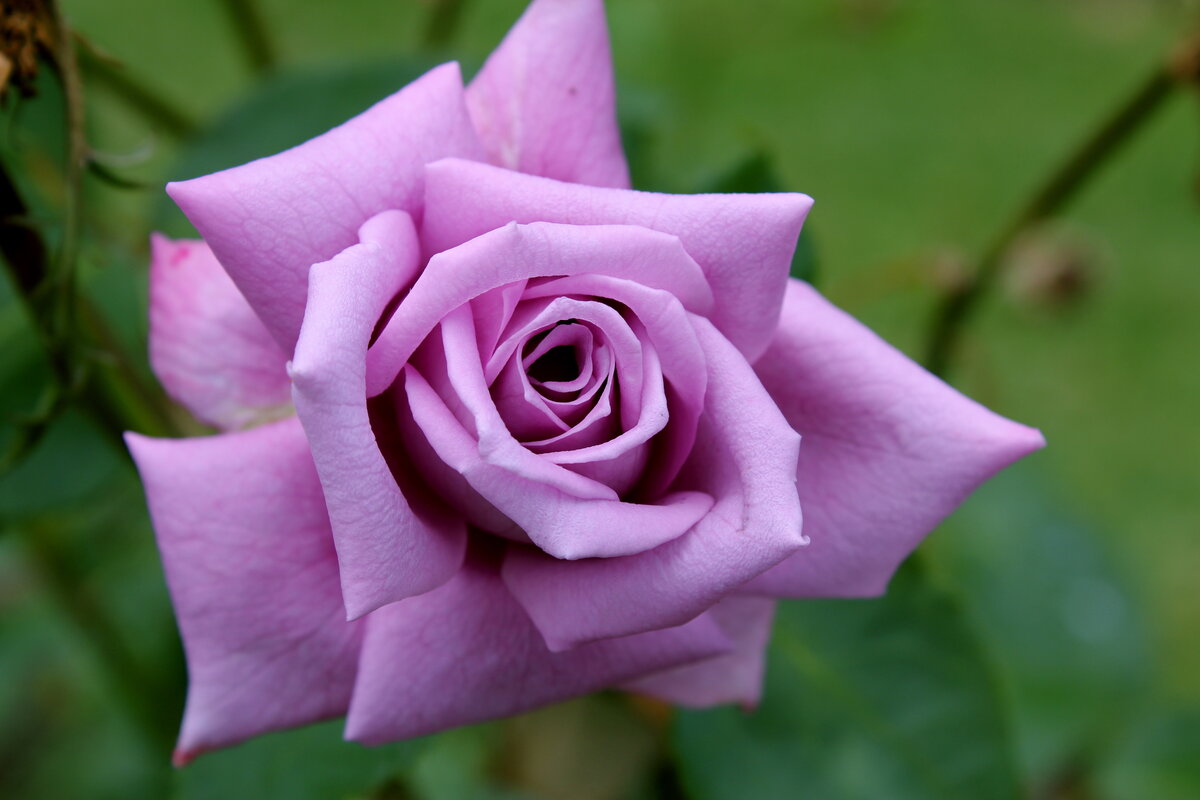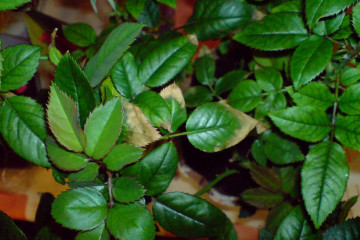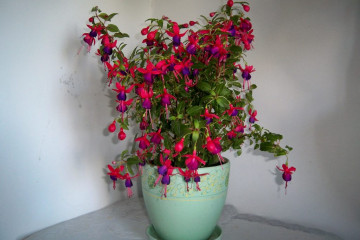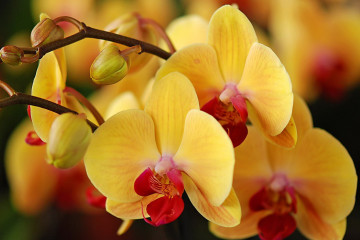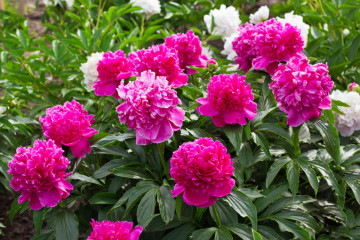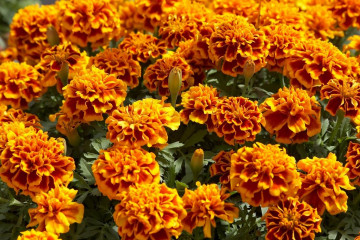Why do rose buds dry without blooming
Content:
Roses are very beautiful, graceful, but at the same time extremely delicate flowers that need special care. Even a minor mistake often leads to problems, including the lack of flowering, a decrease in immunity, therefore, the development of diseases, damage by pests. Often, the question of why the buds of a rose dry without blooming arises from novice florists. It is possible to improve the condition of plants, but for this it is necessary to follow the rules of agricultural technology at all stages of the growing season.
Why does a rose have unblown buds?
The reasons leading to the violation of the flowering of roses are diverse, but at the same time they are united by one feature - they are all associated with improper care of the ornamental plant:
- Unfavorable weather conditions and lack of measures to protect roses from their effects. Flowers can suffer when exposed to direct sunlight, too high air temperature, lack of lighting, prolonged rains, temperature changes during the day.
- Improper irrigation. This can be either a lack of moisture or excessive watering.
- Improper fertilization - excessive feeding or phosphorus, boric, potassium starvation.
- Diseases. Most often, roses are affected by downy mildew or gray rot.
- Pests - rose aphid, garden beetle, rose sawfly.
Bad weather
The most common factor that leads to the fact that blooming does not occur and the buds dry out is unfavorable weather conditions:
- Scorching sun. Under the influence of direct sunlight, the buds become smaller, do not open. Shoots are weak, sluggish, inclined downward. As a result, the flowers fade and dry out.
- Lingering rains. The buds reach their normal size, but remain closed. The outer surface of the flowers is covered with mucus, the edges dry out.
- Temperature drops. Bud formation is normal, but flowers do not open. The outer petals are covered with dry brown spots. When the bud opens, its rapid wilting is observed.
Improper irrigation
It is a direct consequence of a violation of agricultural technology, most often due to the inexperience of flower growers. Watering errors are of two types:
- insufficient watering - the salt content increases in the plant cells, the synthesis of enzymes is disrupted, as a result of which the buds are crushed, which, without opening, gradually dry out and wither. So, the plant can dry out and die.
- excessive watering - excessive moisture negatively affects the condition of the plant root system, which cannot absorb the nutrients contained in the soil. One of the consequences is that the buds bloom poorly, fade, wither and fall off.
Improper feeding
For flowering to be long and lush, roses must be fed with complex mineral fertilizers. If the flower is constantly lacking nutrients, it will begin to get rid of the leaves and buds in order to maintain the vitality of the roots and stems.
The lack of trace elements most often manifests itself with insufficient fertilization of roses growing on sandy, clayey and podzolic soils.
Deficiency of boron, potassium, phosphorus and molybdenum leads to drying out of the buds, which the rose does not have time to open. The stems can droop, the plant is not able to develop normally, open flowers.
Diseases
Blooming roses are often provoked by various diseases, including:
- Downy mildew (downy mildew). The outer petals turn black and begin to fall off.
- Powdery mildew. A white bloom similar to flour appears on the surface of the leaves and flowers, the petals dry out.
- Gray rot. The roots begin to rot, the buds turn brown, the stems break.
Pests
Pests typical of roses that can cause the lack of normal flowering are:
- Rose aphid. The stems of the plant are covered with colonies of insects, the vital activity of which leads to the drying out of the flowers and tops of the shoots.
- Thrips. The outer petals are covered with dark spots, the buds dry out. Clusters of black insects up to 1 mm in size are found inside the flowers.
- Garden beetle. The parasite eats the petals, causing them to turn brown and dry. When examined, large shiny insects are found on the rose.
- Rose sawfly. Shoot tops and buds dry out. When examining the underside of the leaves and the inside of the stems, small white caterpillars are found.
What to do if the rose buds do not open
Depending on the reason why the rose stopped blooming flowers, treatment methods are selected. However, most often it is enough to provide the plant with quality care. This measure will also help prevent future problems.
Countermeasures for bad weather conditions
If the problem is caused by the scorching sun, then it is necessary to protect the plant from direct sunlight. To do this, you need to build a shading net, then pour a lot of water on the bush, remove the spoiled buds and spray the plant with the "Bud" preparation.
During prolonged rains, it is necessary to remove problem buds, thin out the crown. Also, the bush should be treated with Siliplant and covered with foil. When the rainy period ends, the protection must be removed, and the rose must be sprayed with a solution of boric acid.
In case of temperature extremes, diseased flowers are removed, roses are fed with mineral fertilizers and treated with Epin-Extra solution. Soil moisture control is also required.
Disease and pest control measures
Downy mildew treatment is as follows: the affected buds are removed, the plant is treated with fungicides, for example, "Acrobat". If the rose is affected by powdery mildew, the removal of problem parts of the rose, treatment with "Topaz" is required. To get rid of gray rot, it is necessary to control the humidity, and it will also require the removal of diseased parts of the plant, treatment of the bush with Teldor.
Rose aphid is eliminated with Aktara insecticide. In the presence of thrips, it is impossible to treat the affected buds, so they are removed and burned. The plant is treated with Intavir or Iskra. The garden beetle is eliminated with Intavir. In the presence of a rosaceous sawfly, spraying the bush with such preparations as "Aktara", "Mospilan" is required.
How to fertilize plants correctly
The solution to the problem of starvation is pruning dried stems, treating the bush with one of the drugs:
- Agricola Aqua.
- "Mikrovit Standard".
- Fertika Kristalon Flower.
A day after the application of foliar fertilization, the rose must be treated with a growth stimulator "Bud", which is responsible for the flowering of the culture. Root feeding is carried out at the same time as foliar treatment. The recommended preparation is "WMD for roses". At the end of the summer season, the bush needs to be fed with potash fertilizer, and in the spring, after all the manipulations (removing the shelter, pruning, etc.), add "Pokon for roses". Top dressing should be applied carefully in order to prevent overdose, since an excess of mineral components is no less harmful than a lack of them.
Typical questions and answers, if the buds of roses do not bloom, dry
Frequent questions that inexperienced flower growers have in case of premature drying of rose buds are:
- What is the reason why half-open buds look burnt? Moreover, they are black and hard inside. This phenomenon is called "melting of buds", the cause of which cannot be determined. There are suggestions that the problem is caused by the vital activity of pests, in particular, thrips. Also, the quality of flowering can deteriorate if various infections manage to penetrate the tissues of the plant. Another likely cause is unfavorable weather conditions. Sick buds must be cut off.
- A large number of buds were formed, but the opening did not take place. Drying is also not observed. This phenomenon may be due to a lack of lighting. A similar problem usually occurs with roses growing in the shade. Another reason is the peculiarities of the variety: some varieties are characterized by a slow development of buds.
Why the buds of roses do not open, and in a garden, a vase or on street beds, they look so ugly is a common question. Stopping the development of buds can be caused by various reasons. It is important to identify the problem in time and eliminate the provoking factor. So that in the future the rose can always open its beautiful buds, you need to provide the plant with high-quality care.
